CopernNet : Point Cloud Segmentation using ActiveSampling Transformers
In the dynamic field of railway maintenance, accurate data is critical. From ensuring the health of ...
Published on: October 29, 2019
A data collection campaign can only be as successful as the tools you are using. When Kapernikov took on the task to perform an extensive data collection campaign for Belgian infrastructure manager Infrabel, it was clear that the standard tools and software would not meet its needs. The team therefore relied on the Open Data Kit software to develop a customized data collection workflow and to allow field workers to seamlessly collect and process railway equipment data.
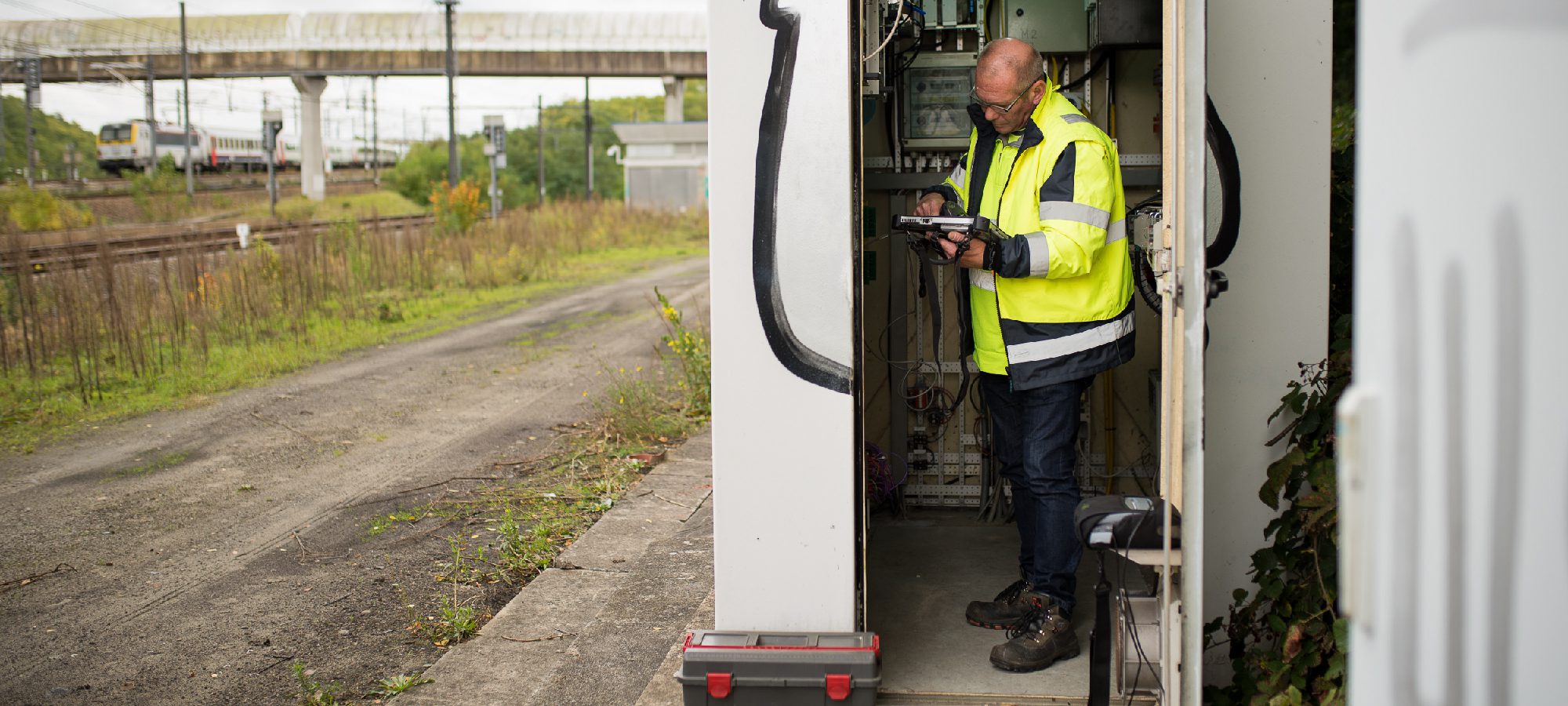
Kapernikov has built up a considerable track record when it comes to data collection. But despite the company’s vast expertise, every data collection project is unique and requires a dedicated approach. For the collection of railway equipment data, Kapernikov went by the four-eyes principle, meaning that teams of two people were sent out to mark different types of railway equipment with barcodes, fill out forms and send all collected information to a server where the data needed to be validated.
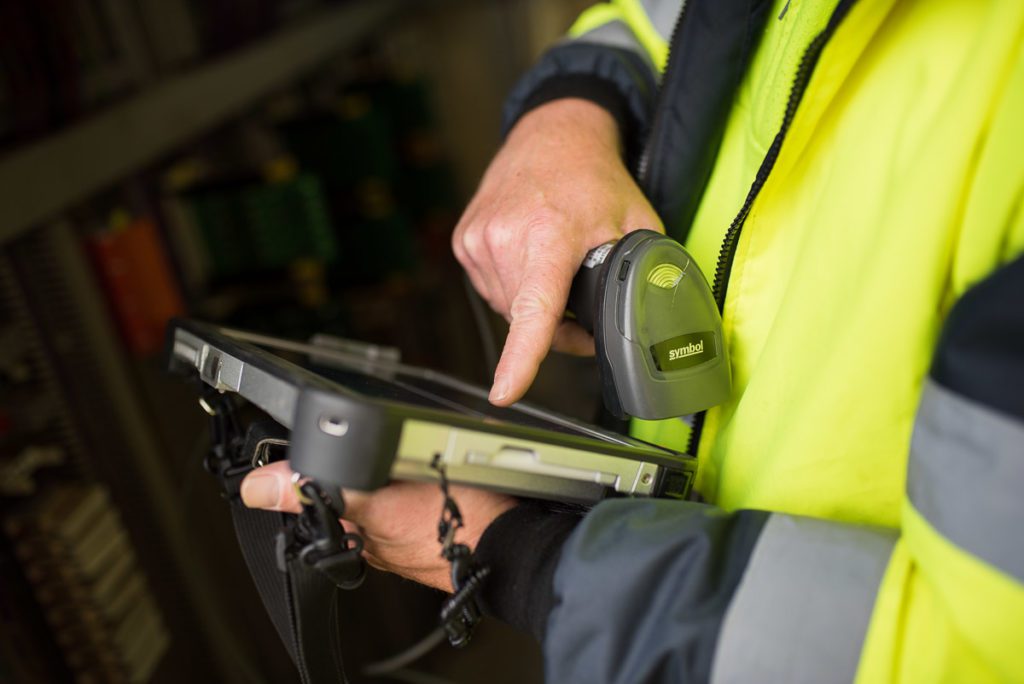
The Infrabel data collection campaign involved many different data types, including GPS location, text, multiple-choice and images. Since most data collection tools are not suited to deal with this variety, Kapernikov decided to make use of Open Data Kit (ODK), an open-source toolbox for collecting, managing and using data.
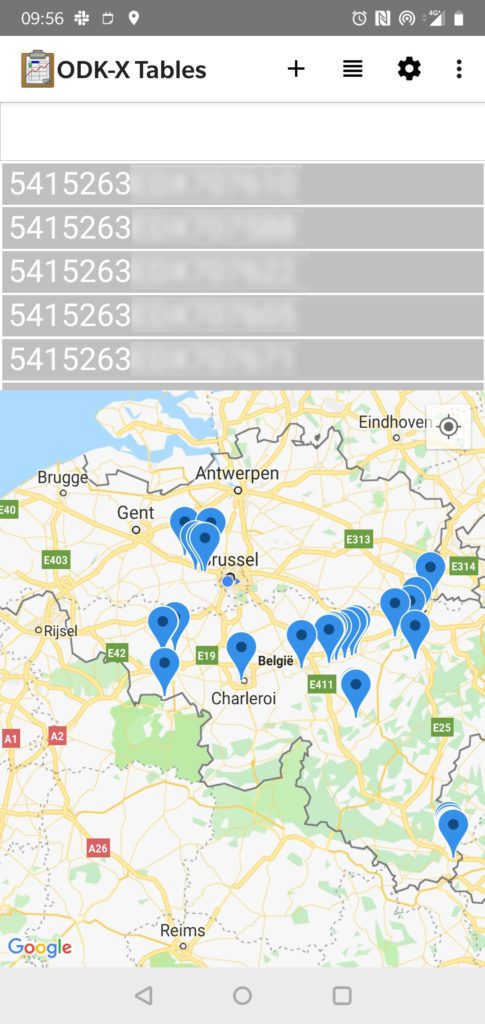
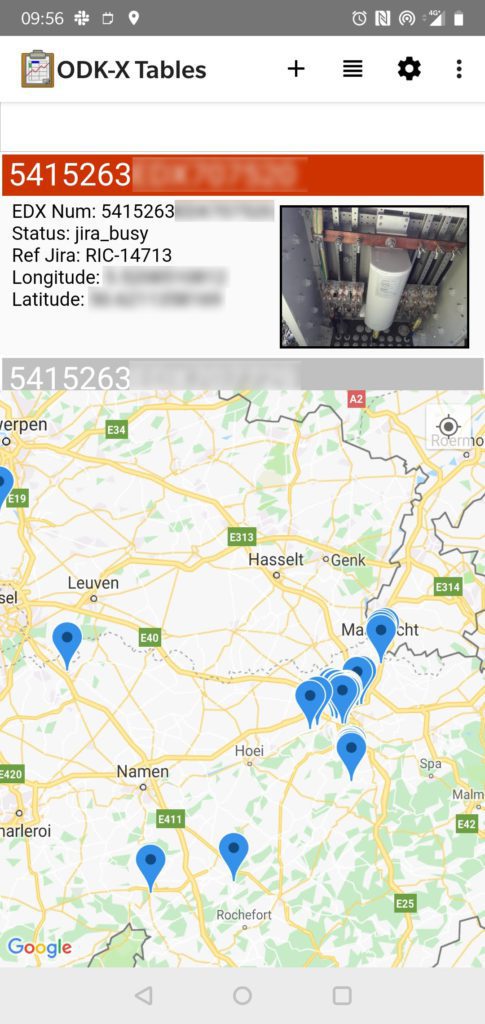
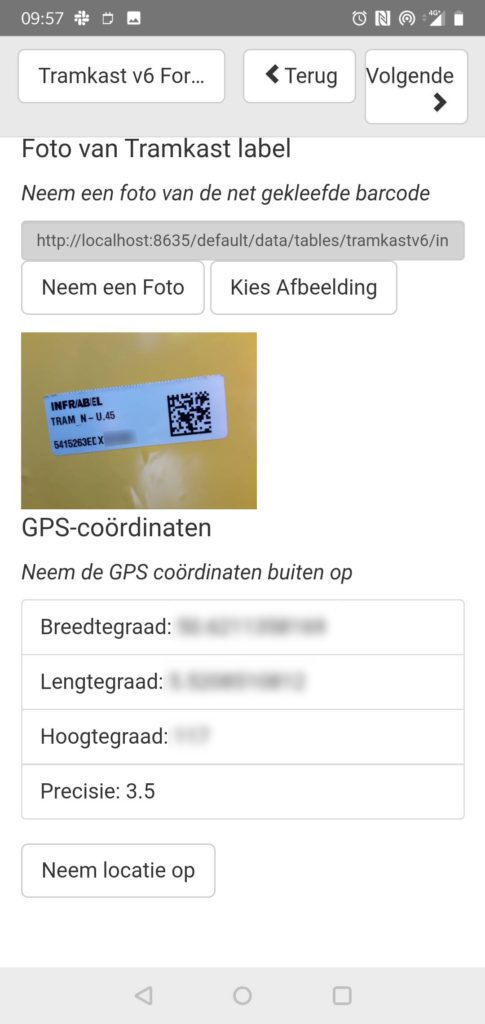
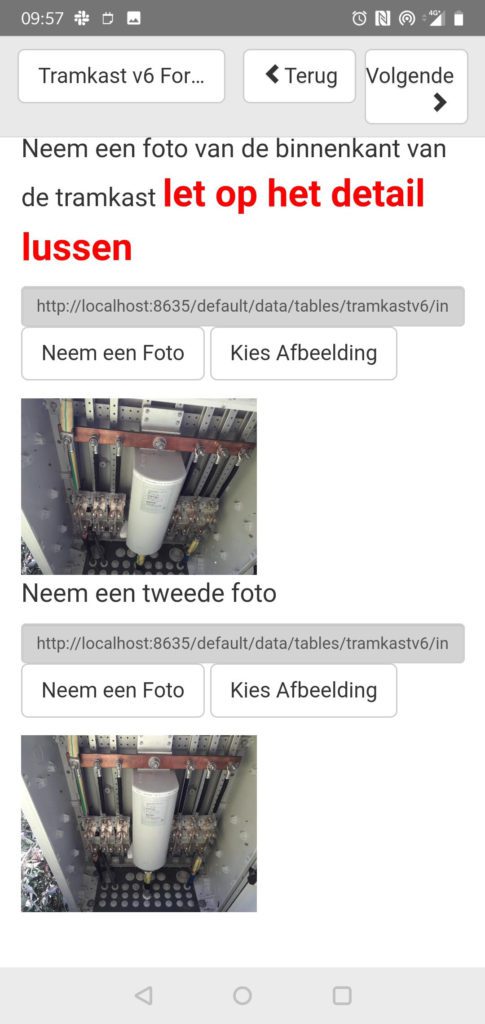
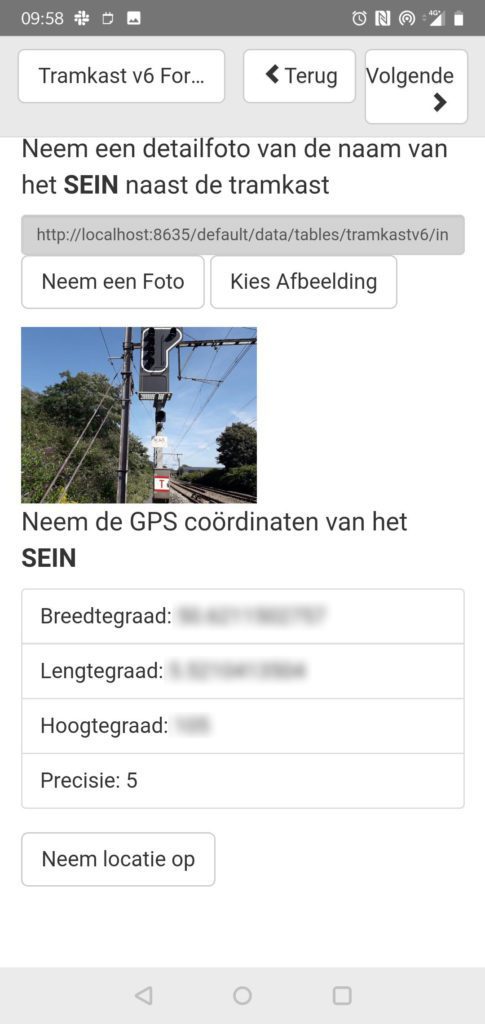
“The Infrabel data collection project resulted in many thousands of forms that needed to be processed,” says Frank Dekervel, partner at Kapernikov. “Due to the variety of data and the sheer volume of the equipment, processing the data included a lot of manual work. In order to cope with an avalanche of work instructions, we needed a way to streamline the process and make sure that the data quality was guaranteed.”
Kapernikov made use of the ODK-X suite to develop customized data collection forms. The forms made it possible to collect various data types. They could be filled out in an offline context and when in range of a Wi-Fi or data transmission network, be automatically submitted to a server.
Kapernikov also built a customized connection between the ODK and Infrabel’s JIRA issue and project tracking software. Thanks to this connection, a filled-out form could automatically generate a list of tasks.
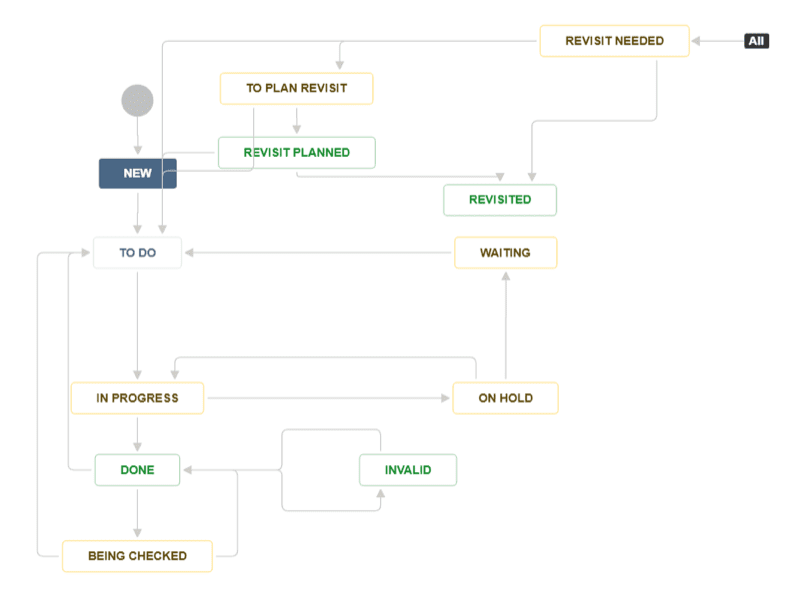
Kapernikov has enabled Infrabel to collect all necessary equipment information without data quality degradation and to seamlessly translate this information into clear work instructions. But that success did not happen overnight. Kapernikov first made a thorough analysis of Infrabel’s processes and work instructions, and used this knowledge to build the integration with JIRA. The team needed to combine different pieces of the puzzle, but eventually managed to make it work.
The new data collection workflow based on Open Data Kit is easier to get acquainted with by the data collection team, is more transparent to the organization and makes it easier to maintain data quality.